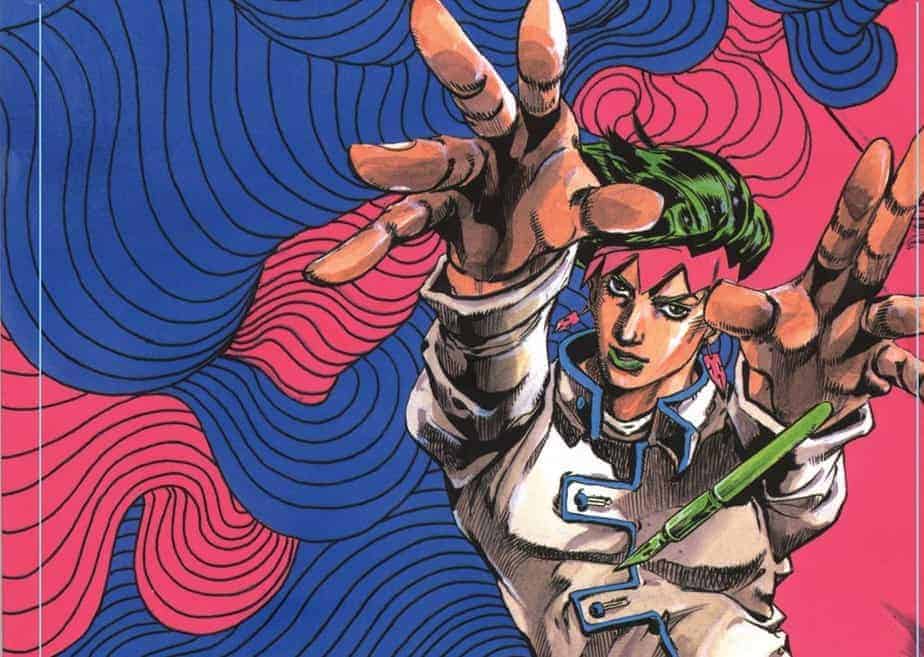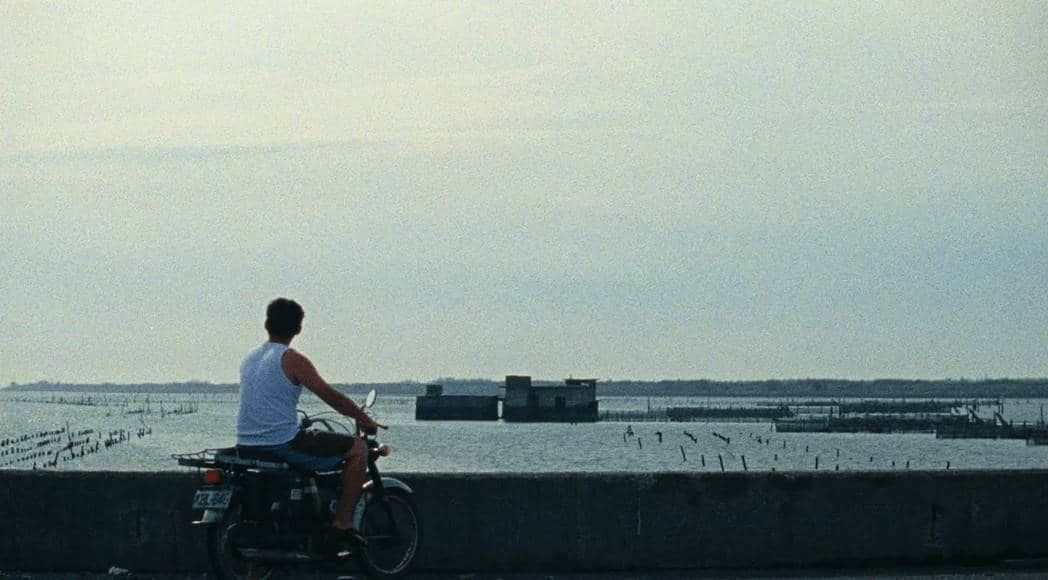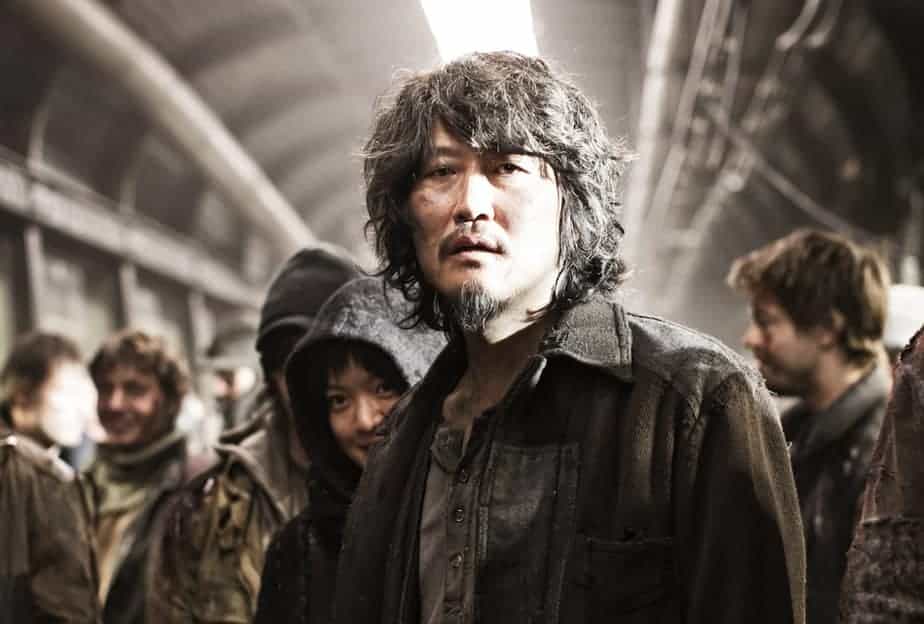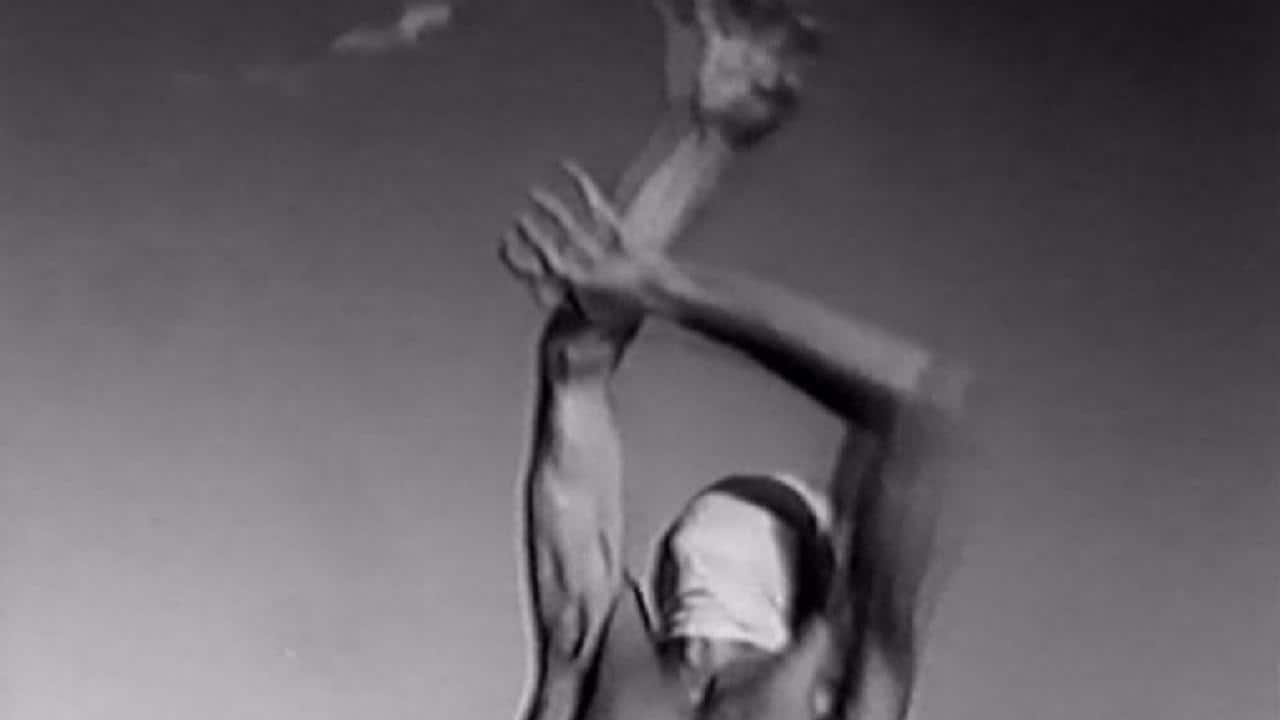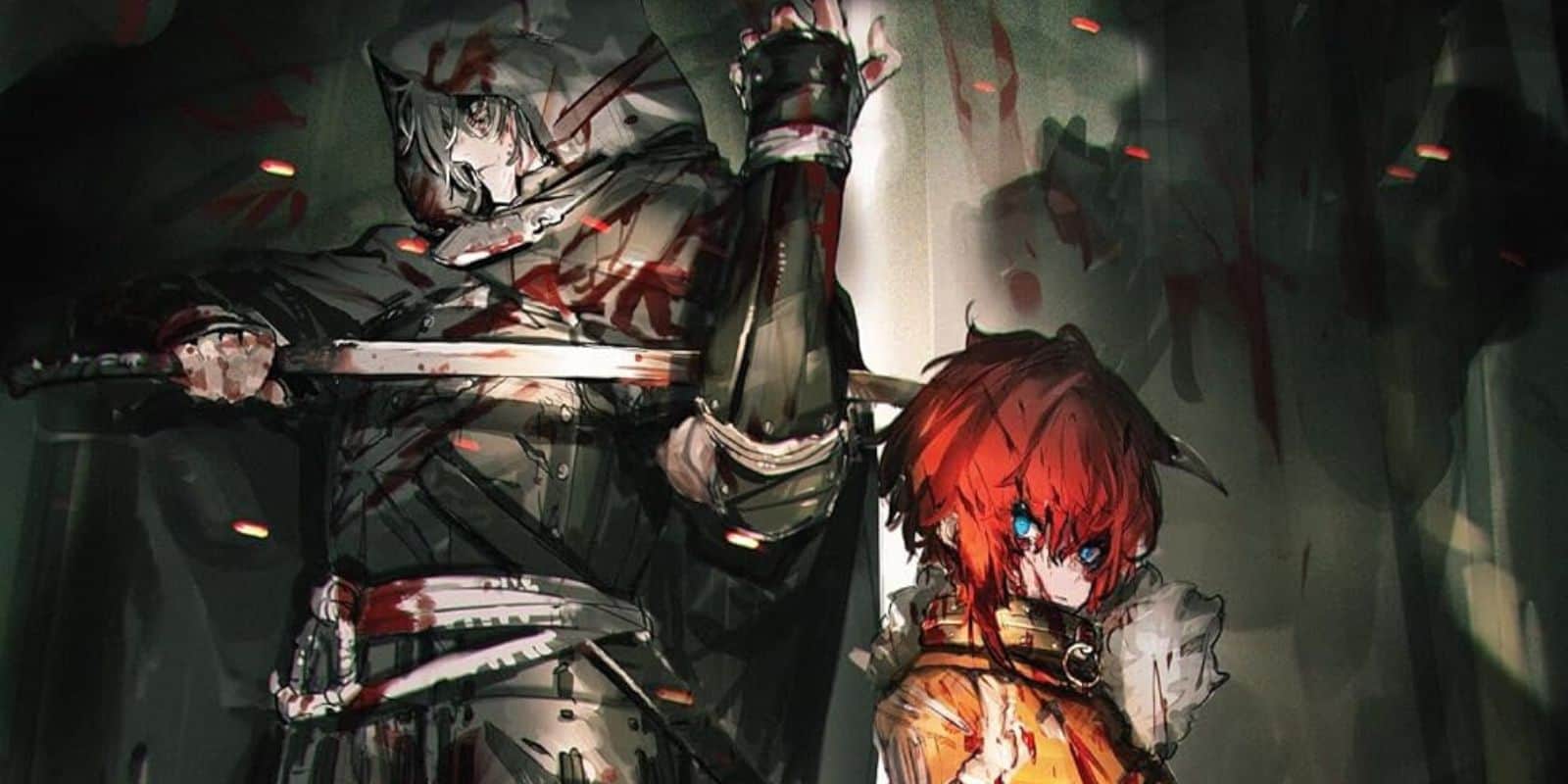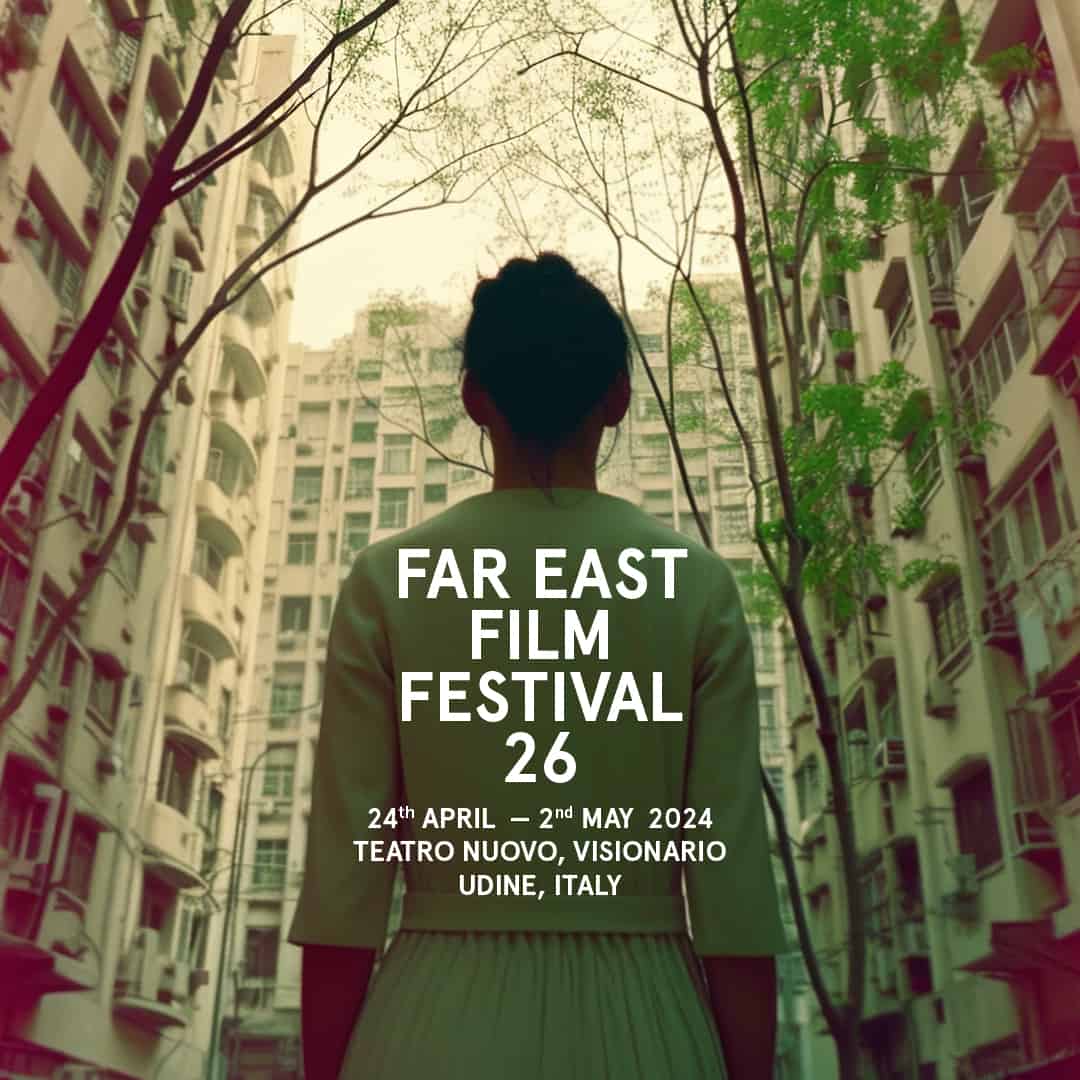Morrie Tan's directorial debut, “The Visit 探望” (2021), just began its festival run, but it is already making quite the splash in Singapore. Since its mid-summer premiere abroad, the film has already won the city-state's National Youth Film Awards (NYFA) Best Animation Film and Asian Academy Creative Awards' Best Short Film Content. This is quite an achievement for an animation team so young. In fact, we talked to some of the film's animation leads — Wong Shi Teng, Gloria Yeo, and Hana Lee — when their film, “Strange Occurrences: Bukit Bulabu” competed in Cartoon Undergrounds' Student Film Competition. Since then, the team has graduated into the independent studio world of Finding Pictures and Robot Playground. This year, under Morrie Tan's direction, “The Visit” is in the running for International Competition 2.
“The Visit” will play in Cartoons Underground International Competition 2 from 20-27 November.
Like “Strange Occurrences,” this film is also done in stop-motion. It revolves around simple felt puppets in a complex situation. Here, a daughter (Judee Tan) visits her imprisoned father (Huang Jia Ziang) on the regular. The two cannot help but wonder about a world beyond their current circumstance: one where they wouldn't have to wait for each other for so long; one where their other family members would visit; one where the father would not be in jail any longer. The characters have a foot in both the past and present in “The Visit” — which for us only feels like nine minutes, but for them feels like a lifetime.
The real charm of “The Visit” is in its ability to capture subtlety. The puppets don't have mouths – hence, when they converse with each other they should appear completely still. Tan avoids this, however, by delicately re-adjusting their movements. The felt rustles and sways; the characters, however minimally, seem tousled and turned. This translates into the characters' own restrained desire. Though they cannot move beyond the prison glass, they desire to be together once more again.
This delight in the banal shatters with each weak stab at poetic meanderings however. For each trip down memory lane, the felt puppets seem to lose their raw tactility. Several animation tricks are admittedly quite clever – like when a lagging video call works in a different frame rate than the “live” character – but they distract from the puppets' sheer materiality. Huang Jia Qiang's brusque voice is the only element that brings the film back into focus. He calls us from the past back into the present… and to wait with him, in the here and now.



